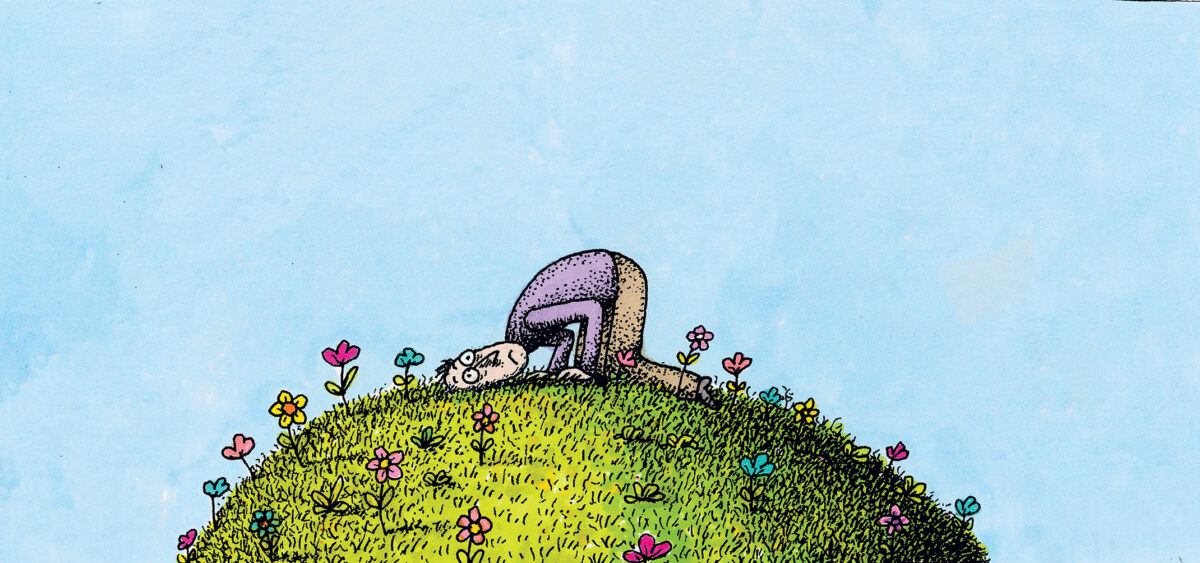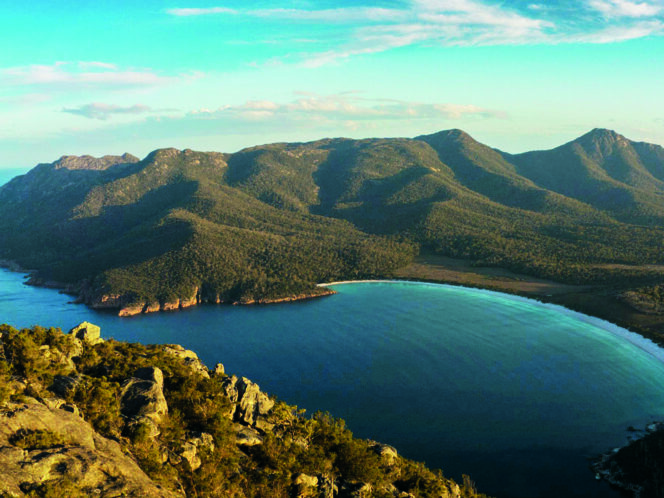
Today, humanity shivers at the thought of the climate warming by a few degrees Celsius. Yet all you really need is an eruption of a supervolcano to reduce the average temperature on Earth by more than 10 degrees. This has already happened before, but the memory of the event died (along with most of the inhabitants of the planet at the time).
The fear of volcanoes still rattles somewhere in the outer limits of the collective memory of the Homo sapiens species. But unlike hunger, great plagues, floods or earthquakes, people haven’t had much to do with volcano eruptions; nevertheless catastrophes caused by them have always been immediately associated with the end of the world.
“And I saw a star fall from heaven unto the earth: and to him was given the key of the bottomless pit. And he opened the bottomless pit; and there arose a smoke out of the pit, as the smoke of a great furnace; and the sun and the air were darkened by reason of the smoke of the pit.” These words, written in the Apocalypse of St. John, consider the eruption of a volcano to be one of the plagues that will destroy humanity at the end of days. What is rather striking though is that conclusions drawn from the past suggest that in this particular case, the biblical prediction could one day prove to be exceptionally prophetic indeed.
The murderous Toba…
The eruption of the Toba supervolcano in Sumatra around 73,000 years ago gave our world a foretaste of the apocalypse (Earth hadn’t experienced a greater eruption for several million years). It most likely looked like this: first a column of fire, smoke, rocks and ashes blasted up into the air to a height of about 50 kilometres, reaching beyond the Earth’s stratosphere. The landmasses nearby shook to their foundations, while the blast of the eruption may have reached the region of the Persian Gulf, 5000 kilometres away. Following right in its footsteps was death, carried by volcanic gases racing at a speed of 400km/h. These gases were not only toxic, they were also scorching hot, reaching a temperature of 800°C.
In the long-term, the ash p








